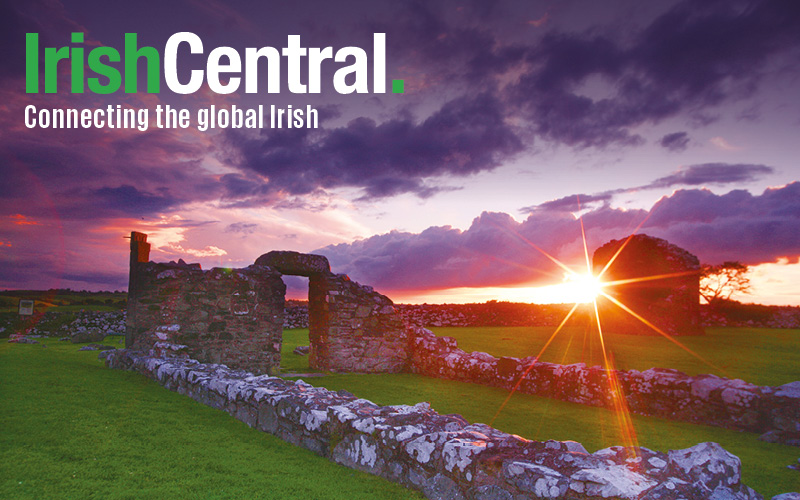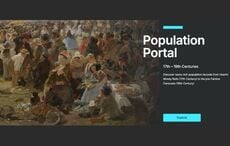Belfast is a city I’ve always wanted to visit. Yet, somehow, in my various trips to Ireland I never made it. It was too dangerous the first time I came to Ireland, in the early nineties. Then on subsequent trips there was just no time. Re-reading and teaching Ciaran Carson’s book of poetry, Belfast Confetti, last year only furthered my interest.
Now that I’m living in Ireland I had no excuse not to go. Though writing this sounds like I’ve idealized Belfast in some way. Strangely, I’ve somehow avoided over thinking the place. In the chaos of last week and the scramble to get to the bus station, I didn’t really have time to think about what it would be like when we got there.
So when we arrived, I was completely astounded by the beauty of the city, all decked out in holiday lights, nearly glowing with excitement. That’s not to say that the energy level rivals a city like New York, but Belfast has a certain newness, a shine that almost glosses over her troubled past.
But then of course there are the obvious reminders like the Europa hotel, devastated by an IRA bomb explosion in 1991. Though it now looks quite polished, the name resonated in my mind as something I remembered from a book or article about the Troubles.
On a tour bus that went to various landmarks like the shipyards where the Titanic was built, the driver had to stop the bus at the gate to Stormont. There a man got on to examine the bus for bombs. It seemed a little absurd at the time but then I started thinking about why it seemed so ridiculous. It was just a safety precaution that, considering the recent media hype over the shootings and teenage riots in the city was entirely justified. At the same time it was a bit incongruous with the rest of the city that seems in both outward appearance and atmosphere to have moved so far beyond the Troubles.
Walking along the Shankhill road, examining the murals, echoes from Ciaran Carson’s poems kept running through my head; “At times it seems that every inch of Belfast has been written-on, erased, and written-on again: messages, curses, political imperatives…. these snakes and ladders canceling each other out in their bid to be remembered. Remember 1690. Remember 1916. Most of all, Remember me. I was here.”
Despite all its progress, Belfast is a city built on memory, on remembering. That is part of what makes it so fascinating. Every New Yorker has his or her favorite restaurant or corner, or block of the city. Even a dingy park or a dive of a bar is made important because of the memory of a personal event that occurred there.
In Belfast these public spaces, endowed with private significance are visually marked with a mural, flowers, statue or memorial of some kind. At times, parts of the city can feel like walking through a cemetery.
A particularly moving monument was a small space on a wall, marked with flowers and a small hand written note listing the name of the deceased and describing how much his parents missed him. Though it wasn’t entirely clear, it seems he may have been shot or wounded and died in that spot.
On Sunday I got a chance to walk around the campus of Queen’s University. With stunningly beautiful red brick Lanyon buildings and beautifully manicured lawns including a Botanic garden, Queen’s is one of the most visually stunning campuses I’ve visited.
What impressed me the most was by far the brand new library, complete with a tower designed by Boston-based Shepley Bulfinch Richardson and Abbott. Not only is it able to accommodate 1,200 readers and feature magazine racks full of recent journals but it also has a reading room named after C.S Lewis, famous author of the Narnia books and a Queen’s graduate. The room overlooks the gardens and features a carved wooden door that looks like something right out of The Lion, the Witch and the Wardrobe.
The newly renovated Ulster Folk Museum was also well worth a visit with several floors of historical, scientific and artistic displays. There is also a brief history of the Troubles that impartially describes the timeline of conflict illustrated with stunning black and white wall-sized photos. It is surprisingly moving despite an obvious effort on the part of the curator not to dramatize or sentimentalize the subject matter.
As I left Belfast I thought about how glad I was that I hadn’t expected anything particular from the place, and therefore wasn’t disappointed. Belfast had, in fact, exceeded my expectations.
That made me wonder about how the city would seem to someone who was not familiar with the history of the Troubles. Would the whole city just seem average and unremarkable? And I was reminded of another line from a Ciaran Carson poem that asks “Where does land begin, and water end? Or memory falter, and imagination take hold?”




Comments